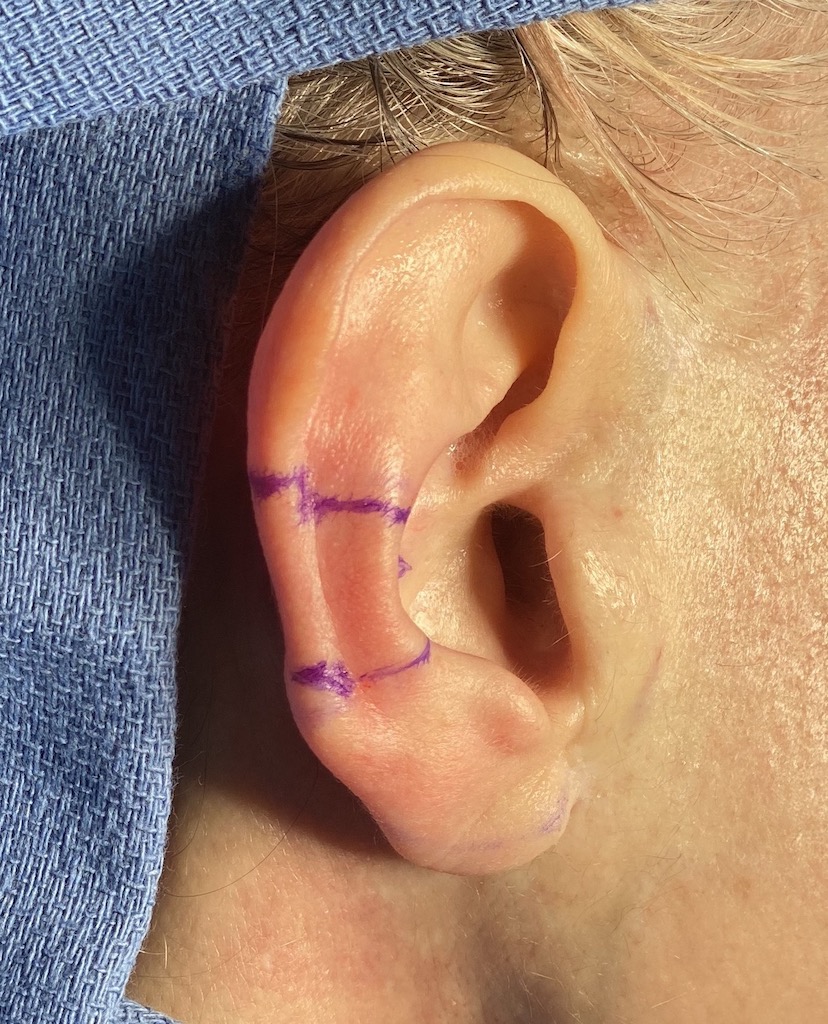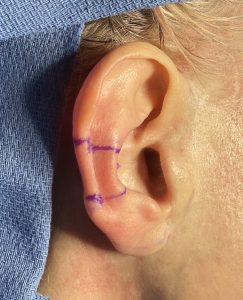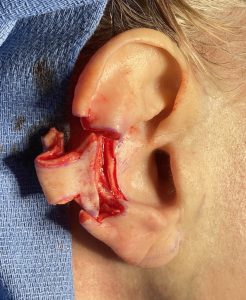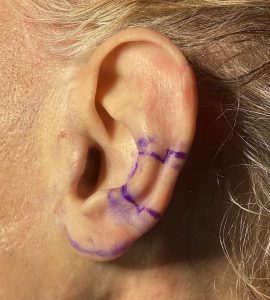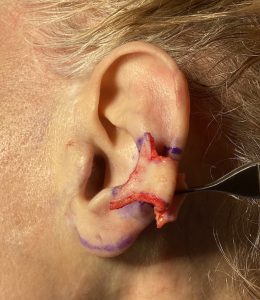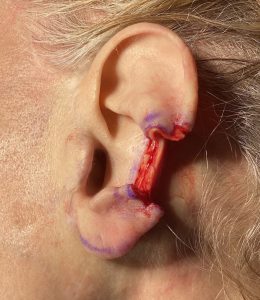Background: Macrotia is present when the patient feels that their ear is too big. This is not just when a large earlobe is present, which is the most common reason patients may feel their ear is overly large, but when the entire ear from top to bottom is large. There are measurements which usually align with the patients perception and, as a general rule, when the ear is greater than 60 to 65mms in height, most will perceive it as being a big ear.
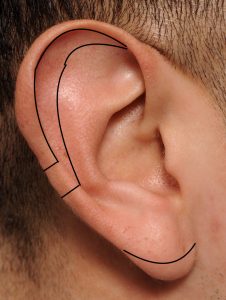
While the traditional macrotia reduction approach works for many patients, there are some where the remaining size of the untouched concha may look disproportionate. Usually the upper and lower thirds of the ear are are proportionately larger than the concha and the traditional approach brings them into a better overall balance. But for those larger concha macrotia patients an alternative approach is to do the ear reduction centrally.
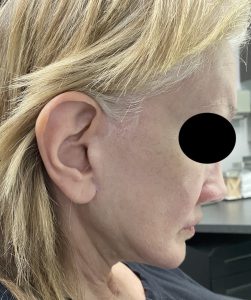
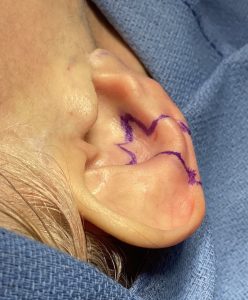
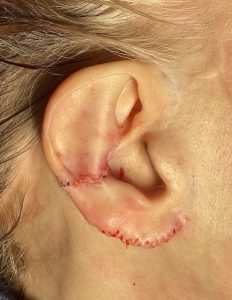
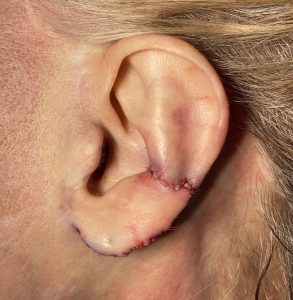
There are several key points about the central wedge reduction macrotia surgery approach:
- 1) It does create a longer scar in the middle third of the ear than the traditional vertical ear reduction approach as it crosses both the helical and antihelical areas. So it should be reserved for those patients that have a large conchal bowl appearance.
- Because it leaves the upper third of the ear shape alone a larger scaphal area will remain. This is somewhat mitigated by the suture setback but it is the aesthetic tradeoff for addressing the large concha. It can also be reduced on its own in a secondary procedure if the patient desires.
- Because it can still be combined with an earlobe reduction, maximal vertical ear shortening is obtained.
- As is commonly perceived it is not necessary in making the concha look smaller to excise onto its more visible deeper bowl area. The lowered crus and antihelical fold areas, like a drawn pursestring, help close down its size.
Case Highlights:
1) Macrotia or a vertically long ear generally exceeds 60mms in a female.
2) The traditional technique in macrotia reduction is as top and bottom approach leaving the conceal bowl alone.
3) The central wedge technique is for the macrotia patient where the top and bottom approach would leave a disproportionately large appearing conchal concavity.
Dr. Barry Eppley
Indianapolis, Indiana

